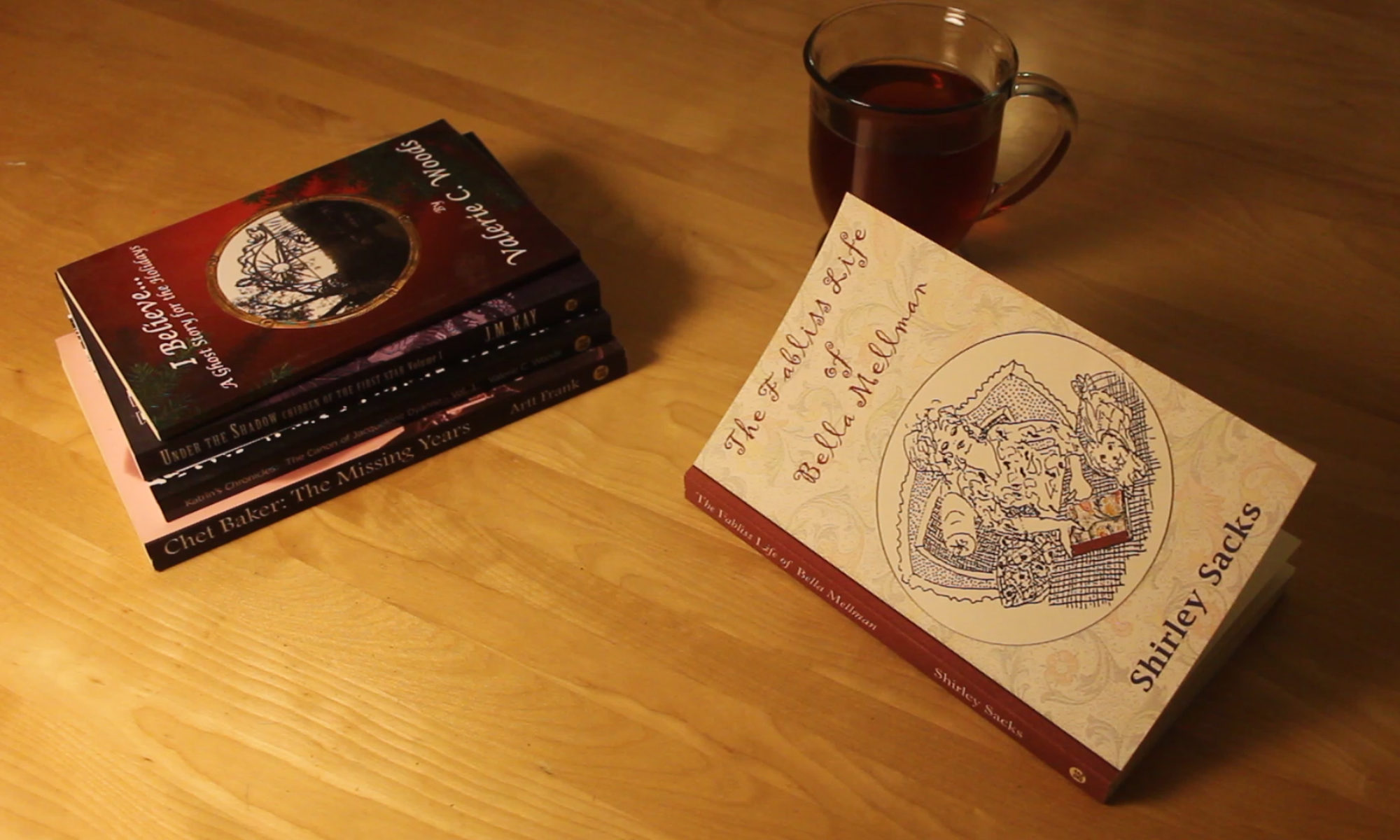In a previous post, I wrote about what indie authors could learn from indie filmmakers. As my writing often alternates between writing novels and screenplays, there are also screenwriting tools that can assist novelists.
One of the most valuable “oh, I get it!” moments studying with screenwriting mentor, Syd Field (1935-2013), was the first time Syd spoke about his groundbreaking Paradigm. More specifically – Syd stated that the first thing needed to begin was to know the end. As a young writer, this was a bit of a surprise.
At the time, my writing process was something like “wow, this is a good idea! The character would be this, they would do this and there would be a love interest, and they work at something amazing, etc. etc.” Dialogue and scenes would sprout and I’d write them down and generally let the story tell me what it was. Which is not such a terrible thing… at first. Getting the first flush of inspiration out and onto the page as quickly as possible is important, because I am so easily distracted.
However, there always came the time when I’d have to stop and ask, “so where does it all end?” Where am I going with this story? What is the resolution? And that’s when I go back to the Syd Field Paradigm and the four things the writer needs to know to begin writing:
The End
The Beginning
Plot Point I
Plot Point II
As Syd also explained in the seminar I first attended, writing a screenplay is a lot like planning a vacation. Rarely does anyone just show up at the airport and take whatever flight is next. If they do, I bet there’s a really good story in there somewhere! However, in order to know what to pack, how much money you’ll need, where you’ll sleep, etc. you need to know your destination. You’ll want to pack sandals, perhaps when going to India rather than, say ski boots.
The Paradigm is a road map to get you started. And, like any great adventure, there’s no telling if everything will go according to plan. It’s like that old proverb: “If you want to make God laugh, go ahead and make plans.” Just as unexpected excursions and detours make for really good road trips, the writer is free to go on an interesting tangent and not lose sight of the main plot because the Paradigm is a fluid guide that allows for inspiration and imagination, with landmarks to get you back on track.
For instance, just because you said Plot Point One was when the character woke up from a coma, doesn’t mean it has to stay that way. As you write toward the plot point, you might find that maybe the character stays in the coma and someone who was supposed to be a minor character has to step up and fulfill a great destiny. But I believe you wouldn’t have come to that point had there been no destination in which you were heading.
For me, having a story point to write toward gets the process going, even if it turns out I don’t end up there.
Using the Paradigm has saved me from writer’s block and out-of-control subplots. And, the bonus to this screenwriting Paradigm is that it has also worked when I write novels and television shows.
It’s ok to write down inspiration even if you don’t have a clear vision of where it’s going. But once the flash of inspiration has expended its fire, it’s time to invoke the craft of writing. It is the craft of story structure that provides the foundation through which inspiration is woven.
In Syd’s book The Screenwriter’s Workbook he states: “You must know what the resolution of your story line is. I don’t necessarily mean the specific scene or sequence at the end of the screenplay but what happens to resolve the dramatic conflict. If you don’t know the ending of your story, who does?”
You are the guide on this journey and in order to reach the destination, the first thing to know as you anchor those flashes of inspiration and begin the trek home is… where does it all end?
posted by Valerie C. Woods
on January, 15

